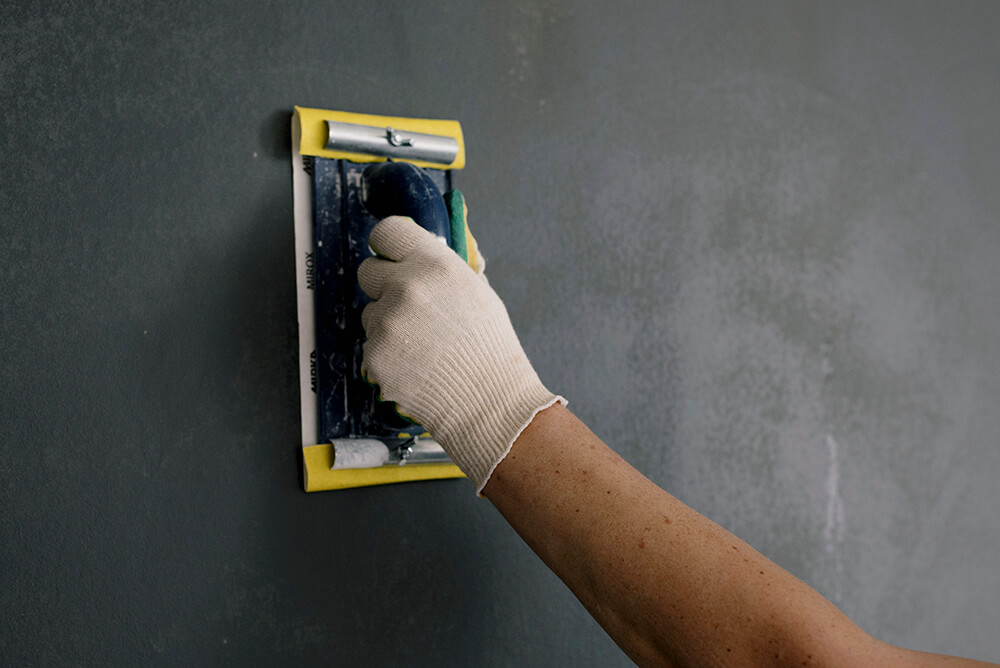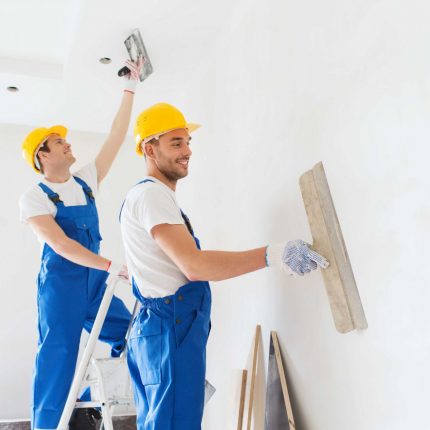What to Look for in a Highly-Rated Stucco Contractor for Your Home
What to Look for in a Highly-Rated Stucco Contractor for Your Home
Blog Article
Checking Out the Adaptability of Stucco in Modern Design
Stucco has long been identified for its aesthetic allure and flexibility, yet its duty in modern-day architecture warrants a more detailed assessment. By discovering its innovative applications, from striking exteriors to energy-efficient layouts, one can appreciate how stucco is redefining the borders of architectural expression.
Historical Relevance of Stucco
The historic significance of stucco is extensive, as it has actually played a crucial duty in architectural practices across numerous cultures for centuries. Coming from in ancient worlds, stucco was used by the Egyptians and Greeks as a resilient and flexible coating for both indoor and exterior surface areas. Its adaptability to various climates and capacity to imitate extra expensive materials made it a favored selection.
In the Roman period, stucco ended up being a main ornamental aspect, used thoroughly in public buildings, villas, and holy places. The Romans fine-tuned the application strategies, permitting elaborate styles and relief sculptures. During the Renaissance, stucco experienced a rebirth, especially in Italy, where it was utilized in fancy facades and ornamental information, showcasing the creativity of the duration.

Modern Applications in Style
Stucco has actually discovered restored importance in modern style due to its flexibility and aesthetic appeal (stucco contractor). This standard product is significantly used in contemporary layout, connecting the space between modern-day and classic aesthetics. Developers and engineers value stucco for its flexibility, allowing it to be used in numerous styles-- from minimal structures to elaborate Mediterranean layouts
In property tasks, stucco supplies a tidy, smooth finish that improves the visual communication of facades. Its capacity to adapt different shapes and surfaces makes it a suitable choice for both new buildings and improvement tasks. In addition, stucco's resilience and low maintenance requirements contribute to its growing popularity in urban settings, where lasting products are crucial.
Industrial applications have actually likewise accepted stucco, with numerous companies choosing this material to create welcoming and distinct stores. The usage of stucco in public structures, such as institutions and recreation center, showcases its possibility for creating visually enticing environments while offering outstanding insulation buildings.
Shade and Structure Technologies
Discovering color and structure advancements in stucco has actually opened up brand-new avenues for architects and developers, boosting the material's aesthetic effect in contemporary construction. Current innovations in pigment technology have actually enabled a wider spectrum of shades, allowing designers to develop striking exteriors that incorporate flawlessly with their surroundings or stand out as strong architectural declarations. This versatility in color option uses designers the ability to stimulate certain emotional reactions and integrate with regional appearances.
Appearance innovations have likewise transformed stucco applications. Strategies such as shoveling, splashing, and stamping have brought about diverse surface finishes, varying from smooth and fine-tuned to rugged and tactile. These variants not just contribute to the structure's character however additionally play a crucial role in light communication, boosting the visual depth and dimensionality of surface areas.
In addition, the introduction of synthetic stucco options has actually expanded style opportunities, providing boosted resilience and weather have a peek at this website resistance while keeping aesthetic charm. As architects remain to trying out ingenious color combinations and distinctive surfaces, stucco remains an essential aspect in contemporary design, showcasing the material's versatility and timeless significance in modern layout.
Sustainability and Energy Efficiency
Innovations in shade and structure have not only boosted the visual allure of stucco however also led the way for greater concentrate on sustainability and energy performance in modern-day architecture. As ecological concerns become significantly noticeable, the building and construction market is turning its attention to materials that add positively to environmental balance.
Stucco, composed largely of natural products such as lime, sand, and cement, provides a sustainable alternative to more resource-intensive structure materials. Its longevity and durability lower the requirement for regular substitutes, therefore lessening waste and resource usage gradually. Moreover, modern-day stucco solutions frequently include energy-efficient additives that improve insulation residential properties, reducing cooling and heating prices for buildings.
The reflective top qualities of stucco can likewise be engineered to minimize warm absorption, contributing to cooler interior environments and less dependence on synthetic climate control systems. By advertising energy conservation and decreasing the carbon footprint of structures, stucco straightens with the concepts of lasting architecture. As engineers and building contractors embrace ingenious strategies and environmentally friendly practices, stucco attracts attention as a flexible and liable selection in contemporary design.

Study of Stucco Projects
The versatility of stucco as a structure material is exhibited in numerous successful architectural jobs that highlight its useful and aesthetic benefits. One notable instance is the improvement of the historical Casa de la Guerra in Santa Barbara, California. The usage of stucco not just protected the structure's Spanish Colonial Rebirth style but additionally boosted its resilience and weather condition resistance, making sure durability while maintaining architectural integrity.
An additional engaging instance is the modern property job, the Cactus Home in Scottsdale, Arizona. stucco contractor. This striking read the article home features a smooth stucco finish that harmonizes with the surrounding desert landscape. The stucco's light shade mirrors warm, adding to power effectiveness, while the textured surfaces include aesthetic interest
In Addition, the Kings Cross redevelopment in London showcases the versatility of stucco in urban settings. The application of stucco on modern mixed-use structures creates a natural aesthetic that appreciates historic context while accepting contemporary style principles.
These case researches demonstrate how stucco can serve numerous architectural functions, from conservation and energy performance to aesthetic improvement, making it a functional selection in contemporary style.
Conclusion
 In verdict, stucco's historic importance and contemporary adaptability make it a valuable material in contemporary architecture. As demonstrated with numerous instance research studies, stucco proceeds to play a critical role in shaping the architectural landscape of the modern-day period.
In verdict, stucco's historic importance and contemporary adaptability make it a valuable material in contemporary architecture. As demonstrated with numerous instance research studies, stucco proceeds to play a critical role in shaping the architectural landscape of the modern-day period.
In verdict, stucco's historical relevance and modern flexibility make it an important product in modern design.
Report this page